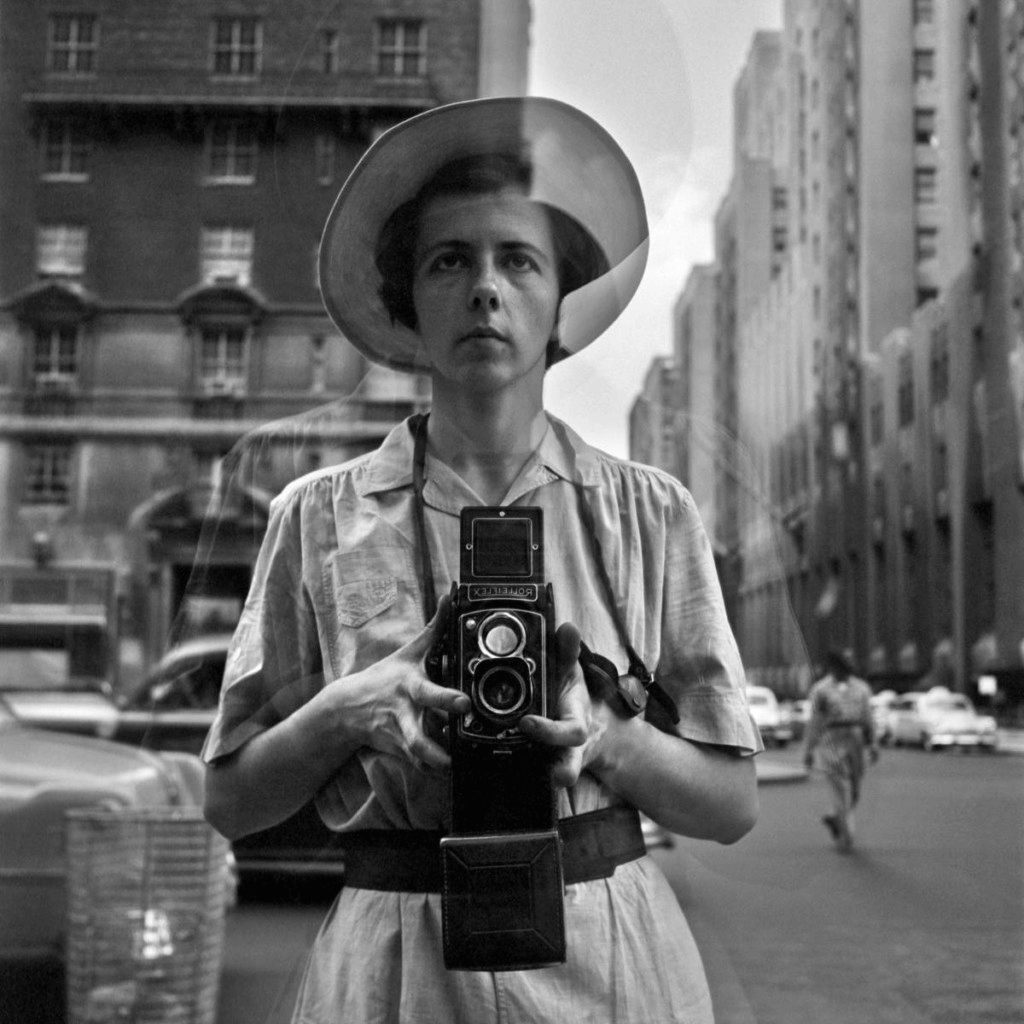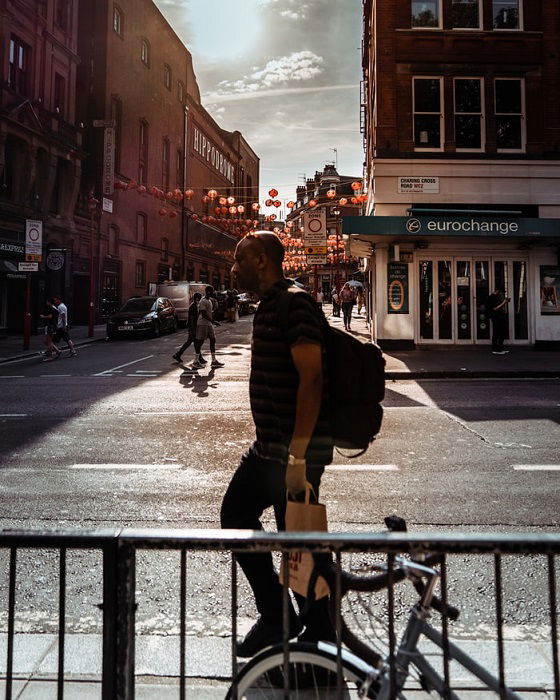Some Known Details About Framing Streets
Some Known Details About Framing Streets
Blog Article
The Of Framing Streets
Table of ContentsFraming Streets Fundamentals ExplainedNot known Factual Statements About Framing Streets What Does Framing Streets Mean?Rumored Buzz on Framing StreetsAll about Framing StreetsNot known Factual Statements About Framing Streets
Digital photography style "Crufts Pet Program 1968" by Tony Ray-Jones Street digital photography (likewise often called candid digital photography) is digital photography conducted for art or questions that features unmediated chance experiences and random occurrences within public places, typically with the goal of catching pictures at a decisive or touching moment by careful framing and timing. 
Not known Incorrect Statements About Framing Streets
Susan Sontag, 1977 Street digital photography can focus on individuals and their behavior in public. In this regard, the street photographer is comparable to social documentary photographers or photographers that additionally work in public locations, yet with the aim of capturing relevant events. Any of these digital photographers' photos may capture individuals and building visible within or from public places, which usually entails navigating honest concerns and laws of personal privacy, safety and security, and residential property.
Representations of daily public life create a style in almost every duration of globe art, starting in the pre-historic, Sumerian, Egyptian and early Buddhist art periods. Art managing the life of the road, whether within views of cityscapes, or as the dominant theme, shows up in the West in the canon of the North Renaissance, Baroque, Rococo, of Romanticism, Realistic look, Impressionism and Post-Impressionism.
What Does Framing Streets Mean?
Louis Daguerre: "Boulevard du Holy place" (1838 or 1839) In 1838 or 1839 the initial photograph of figures in the road was taped by Louis-Jacques-Mand Daguerre in one of a set of daguerreotype views taken from his workshop window of the Blvd du Holy place in Paris. The second, made at the height of the day, shows an unpopulated stretch of street, while the various other was taken at about 8:00 am, and as Beaumont Newhall records, "The Blvd, so continuously loaded with a moving throng of pedestrians and carriages was perfectly solitary, other than an individual who was having his boots combed.
Subsequently his boots and legs were well defined, yet he is without body or head, because these remained in movement." Charles Ngre, waterseller Charles Ngre. https://framing-streets-44888302.hubspotpagebuilder.com/framingstreets1/framing-streets-capturing-life-through-street-photography was the very first digital photographer to attain the technological class required to sign up individuals in movement on the road in Paris in 1851. Photographer John Thomson, a Scotsman collaborating with reporter and social lobbyist Adolphe Smith, released Road Life in London in twelve month-to-month installments starting in February 1877
The smart Trick of Framing Streets That Nobody is Discussing
Eugene Atget is related to as a progenitor, not since he was the very first of his kind, but as an outcome of the popularisation in the late 1920s of his document of Parisian roads by Berenice Abbott, who was motivated to carry out a comparable paperwork of New york city City. [] As the city developed, Atget assisted to promote Parisian roads as a worthwhile subject for digital photography.

Excitement About Framing Streets
The chief Mass-Observationists were anthropologist Tom Harrisson in Bolton and poet Charles Madge in London, and their very first report was generated as guide "May the see this here Twelfth: Mass-Observation Day-Surveys 1937 by over two hundred onlookers" [] Home window cleaner at Kottbusser Tor, Berlin, by Elsa Thiemann c. 1946 The post-war French Humanist School digital photographers discovered their topics on the street or in the bistro. Between 1946 and 1957 Le Groupe des XV annually displayed job of this kind. Andre Kertesz. Circus, Budapest, 19 May 1920 Road digital photography created the significant web content of two events at the Gallery of Modern Art (Mo, MA) in New York curated by Edward Steichen, 5 French Photographers: Brassai; Cartier-Bresson, Doisneau, Ronis, Izis in 1951 to 1952, and Post-war European Digital Photography in 1953, which exported the concept of road photography worldwide.

All about Framing Streets
, after that a teacher of young kids, linked with Evans in 193839.'s 1958 book,, was considerable; raw and often out of focus, Frank's pictures examined traditional digital photography of the time, "challenged all the formal rules laid down by Henri Cartier-Bresson and Walker Evans" and "flew in the face of the wholesome pictorialism and genuine photojournalism of American magazines like LIFE and Time".
Report this page